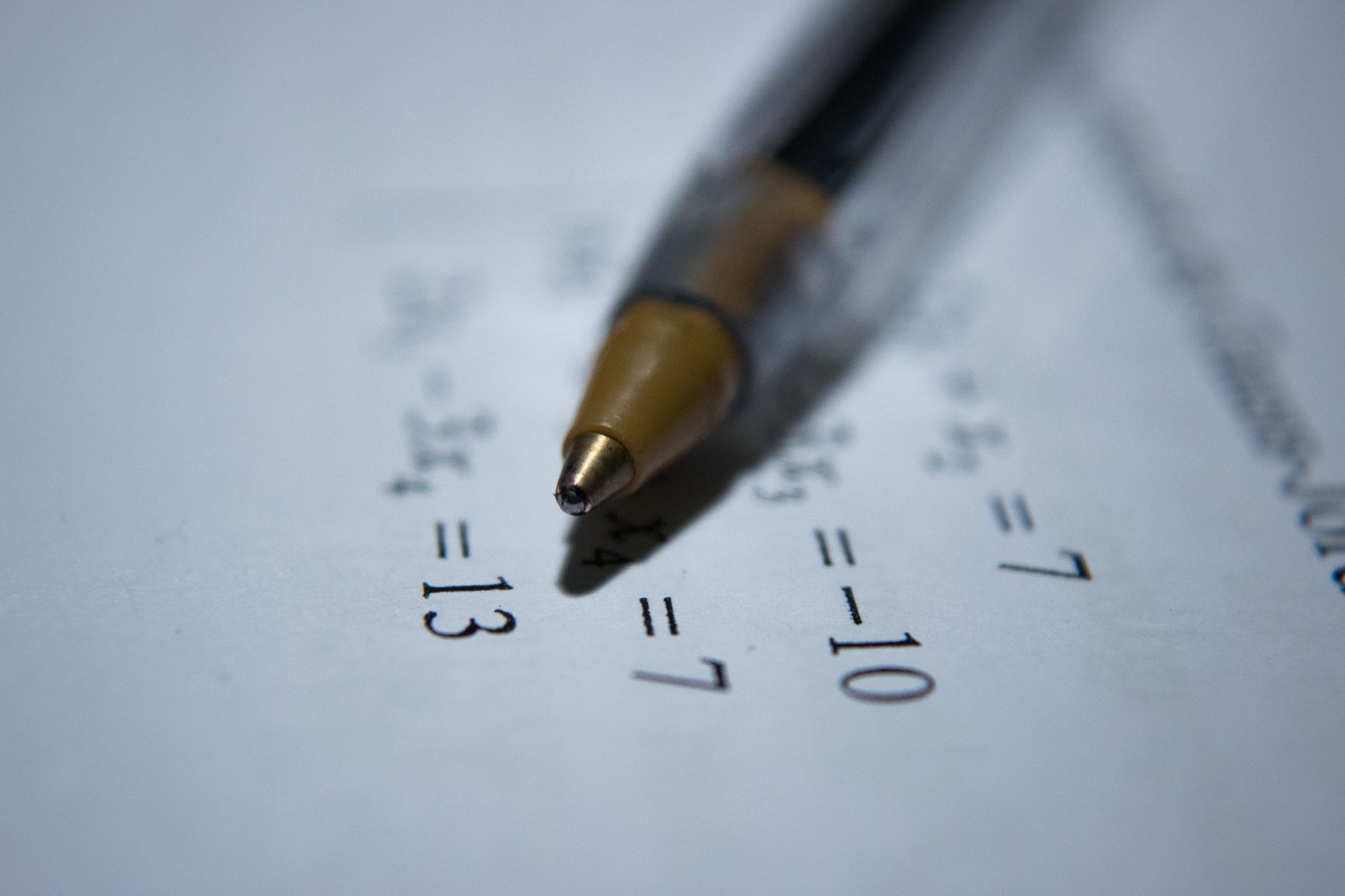 In maths, adding, subtracting, multiplying and dividing are all examples of operators.
In maths, adding, subtracting, multiplying and dividing are all examples of operators.
Algebra is the process by which an equation can be manipulated to make another quantity the subject of the equation.
The videos below demonstrate how to rearrange simple equations.
Key Concepts
The order in which you would use an equation can be remembered as BODMAS:
- Brackets
- Other operator (e.g. power of, sin)
- Division/Multiplication (order doesn't matter)
- Addition/Subtraction (order doesn't matter)
If you want to rearrange an equation to make another physical quantity the subject, the BODMAS order above is reversed.
Try these questions for yourself and then watch the video to check your answer.
\(y = x + 4\)
Rearrange the equation \(y = x + 4\) to make \(x\) the subject by subtracting \(4\) from both sides.
\(y = 4x\)
Rearrange \(y = 4x\) to make \(x \) the subject by dividing each side by \(4\) (HINT: any number divided by itself is equal to \(1\)).
\(y = {3x\over 4}\)
Rearrange \(y = {3x\over 4}\) to make \(x\) the subject by cross-multiplying.
\(y = x^2\)
Reaarange \(y = x^2\) to make \(x\) the subject by square rooting both sides. This is the same as raising each side to the power of \(1\over 2\).
How much of Rearranging equations have you understood?


 Twitter
Twitter  Facebook
Facebook  LinkedIn
LinkedIn